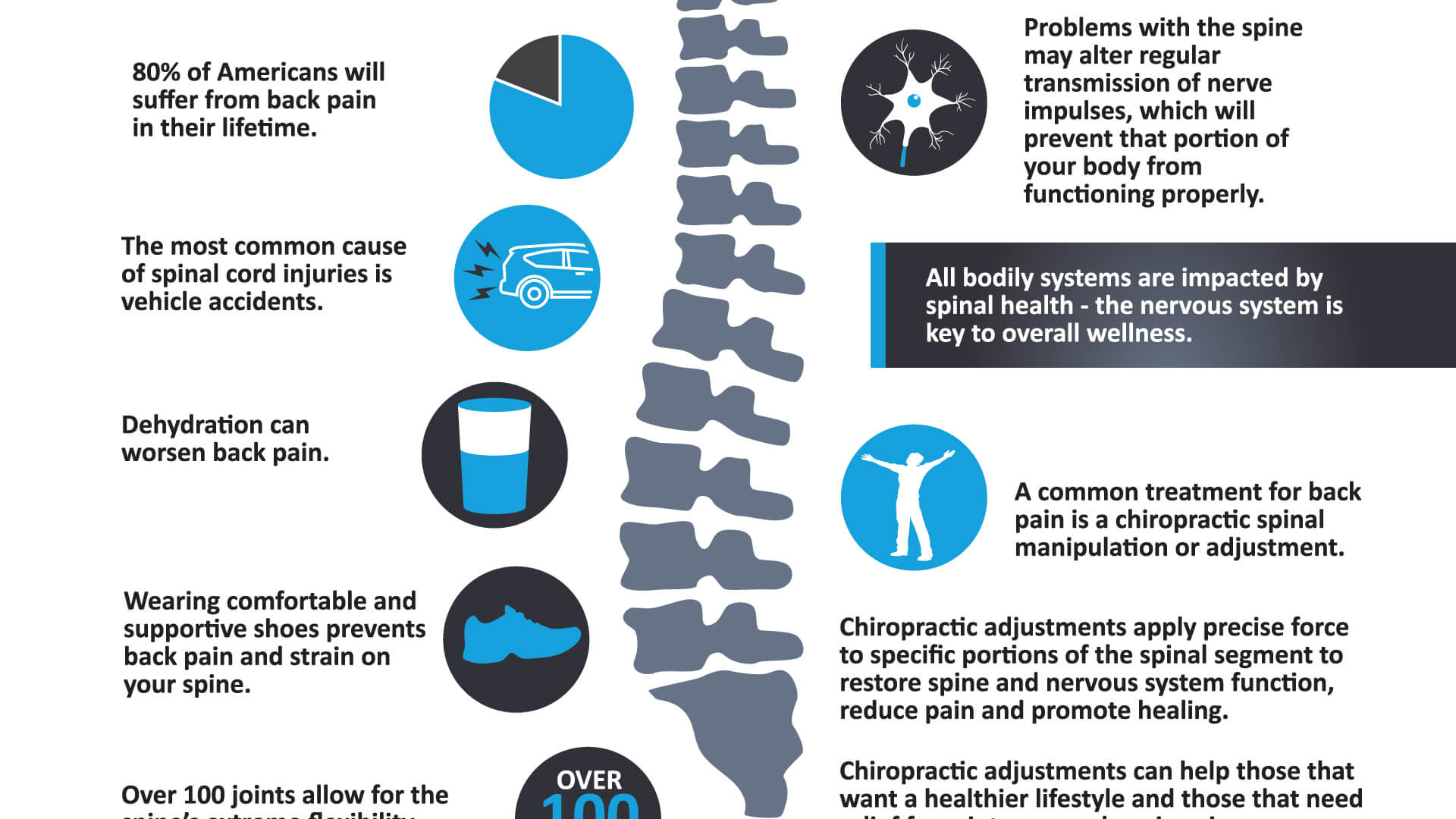The Effect Of Pose On Neck And Back Pain: Standards For Maintaining Good Positioning Throughout Your Day-To-Day Routine
The Effect Of Pose On Neck And Back Pain: Standards For Maintaining Good Positioning Throughout Your Day-To-Day Routine
Blog Article
Content Produce By-Salisbury Rollins
Maintaining appropriate position isn't practically sitting up directly; it has to do with aligning your body in a manner that supports your spine and reduces the danger of pain in the back. The method you sit, stand, and relocate throughout the day can significantly influence your back wellness. Yet how precisely can how long does lower back pain last make certain good placement regularly, also throughout hectic days full of various activities? Let's dive deeper right into the refined yet impactful modifications you can make to your day-to-day routine to keep your back delighted and healthy and balanced.
Significance of Appropriate Position
Proper position is crucial in maintaining a healthy back and preventing discomfort. When you rest or stand with great stance, your spine is in positioning, reducing strain on your muscular tissues, ligaments, and joints. This alignment allows the body to distribute weight evenly, protecting against extreme tension on certain areas that can bring about pain and discomfort. By maintaining your spinal column correctly aligned, you can also boost your breathing and food digestion, as slouching can press body organs and restrict their performance.
In addition, keeping great pose can enhance your total look and positive self-image. When you stand tall with your shoulders back and head held high, you exhibit self-confidence and appear even more friendly. Good position can likewise make you feel more stimulated and alert, as it promotes correct blood flow and allows your muscles to function efficiently.
Including correct position into your everyday regimen, whether resting at a desk, walking, or exercising, is vital for stopping neck and back pain and promoting total wellness. Bear in mind, a little change in exactly how you hold on your own can make a considerable difference in just how you really feel and operate throughout the day.
Common Postural Mistakes
When it concerns keeping excellent posture, numerous individuals unwittingly make common blunders that can add to pain in the back and discomfort. One of the most widespread mistakes is slouching or stooping over while sitting or standing. This placement puts extreme stress on the back and can result in muscular tissue inequalities and discomfort over time.
Another common mistake is overarching the lower back, which can flatten the all-natural curve of the spine and create discomfort. Additionally, going across legs while sitting may feel comfortable, however it can produce an imbalance in the hips and hips, bring about postural issues.
Using a cushion that's also soft or also solid while resting can additionally influence your placement and contribute to pain in the back. Last but not least, regularly craning your neck to check out screens or adjusting your setting regularly can strain the neck and shoulders. Being mindful of these common postural mistakes can help you preserve far better positioning and lower the threat of back pain.
Tips for Correcting Positioning
To improve your positioning and minimize pain in the back, it's necessary to concentrate on making small adjustments throughout your day-to-day routine. Start by being mindful of your position. When resting, guarantee your feet are flat on the floor, your back is straight, and your shoulders are relaxed. Prevent slouching or leaning to one side. Usage ergonomic chairs or cushions to support your lower back.
When standing, distribute your weight equally on both feet, keep your knees slightly bent, and embed your pelvis. Engage middle back pain treatment to sustain your spinal column. Take breaks to extend and walk if you have an inactive work. Include workouts that reinforce your core and back muscle mass, such as slabs or bridges.
While resting, make use of a cushion that supports the natural curve of your neck to maintain appropriate spine placement. Prevent sleeping on your stomach, as it can stress your neck and back. By being mindful of these tips and making small changes, you can gradually remedy your positioning and ease back pain.
Verdict
Keep in mind, keeping good pose is crucial to avoid back pain and advertising back health. By bearing in mind your positioning, distributing weight evenly, and involving your core muscle mass, you can minimize strain on your back and decrease the risk of pain and injury. Include ergonomic assistance, take normal breaks to stretch, and strengthen your core and back muscular tissues to maintain appropriate positioning throughout the day. Your back will thanks for it!
